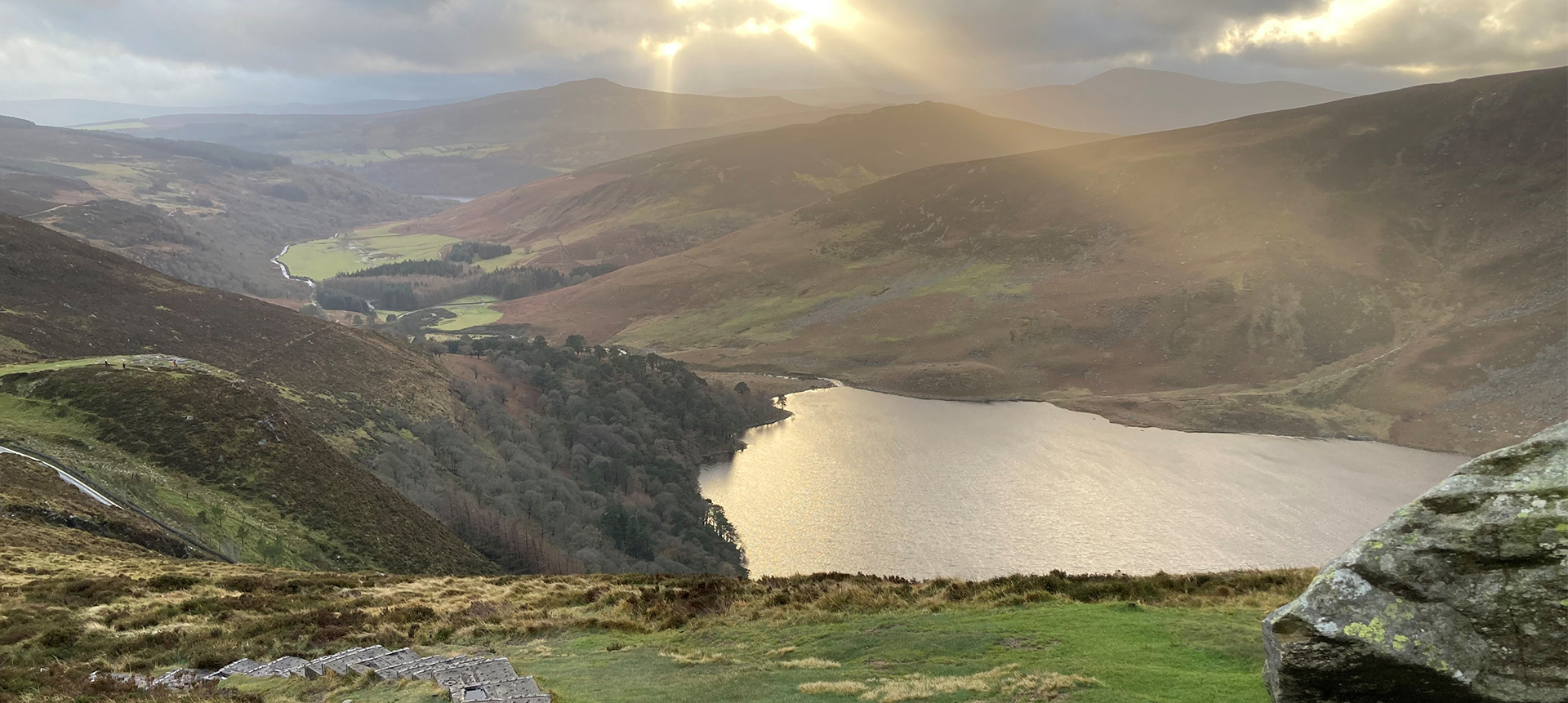
About the Water Framework Directive
‘Water is not a commercial product like any other but, rather, a heritage which must be protected defended and treated as such‘
opening line of the Water Framework Directive
Water quality and quantity in our rivers, lakes, groundwaters, estuaries and coastal waters is assessed under the Water Framework Directive (WFD).
The Water Framework Directive was signed into law in October 2000. It requires EU member States to achieve water quality of at least Good Status in rivers, lakes, groundwater, estuaries and coastal waters, by 2027 at the latest.
Water quality has to be protected – no declines should be allowed occur – and restored where necessary to reach these environmental objectives.
What is Water Framework Directive Good Ecological Status?
Rivers, lakes, estuaries and coastal waters can be awarded one of five statuses:
- High
- Good
- Moderate
- Poor
- Bad
Groundwater has just two statuses – Good and Poor.
Having one framework for water quality for all waterbodies in Ireland, and all those in Europe, allows us to compare our results. By doing this, we can see what works, which helps us to make sure all our surface and ground water achieves at least ‘good’ status, and no deterioration occurs.
How WFD Status is monitored and assessed
The EPA has published Plain English factsheets on how water quality is monitored and assessed under the WFD:
- How river water quality is assessed
- How lake water quality is assessed
- How marine water quality is assessed
EPA publications on Freshwater and Marine monitoring under the WFD, including water quality reports, a monthly Hydrology Bulletin and technical guidance documents are on the EPA website: www.epa.ie/publications/monitoring–assessment/freshwater–marine/
How the WFD is implemented
The WFD is implemented through River Basin Management Plans (RBMPs) in six-year cycles.
- WFD Cycle 1 2010-2015 – these RBMPs are in the Documents Archive on catchments.ie
- WFD Cycle 2 2016-2021 – River Basin Management Plan 2018-2021
- WFD Cycle 3 2022-2027 – a draft RBMP and public consultation have been completed. Publication of the final version of RBMP is expected in 2024.
Each cycle provides an opportunity to assess water conditions at different stages and set out actions to achieve water quality objectives.
The Minister for Housing, Local Government and Heritage is responsible for implementation of the WFD in Ireland.
- The Department of Housing, Local Government and Heritage (DHLGH) leads on policy, necessary legislation and resourcing the Plan.
- The Environmental Protection Agency (EPA) leads the catchment characterisation process and assisting and advising the Minister.
- The Local Authority Waters programme (LAWPRO) is working with local authorities and other bodies, co-ordinating the implementation of measures on the ground and gathering the local knowledge required for successful delivery of many potential measures.
catchments.ie is collaboration between DHLGH, the EPA and LAWPRO.
The Water Forum
The National Water Forum is a statutory body established to advise the Minister on water policy and management in Ireland, and provides stakeholder input into policy development.
With 25 members representing sectors such as agriculture, business, industry, education, community and voluntary, environmental NGOs, fishing, recreation, trade unions and Irish Water Consumers a wide variety of perspectives are enabled to contribute to policy.
Policy positions are informed by the most recent scientific data, input from agency experts, academic knowledge and commissioned research and consensus is achieved through dialogue and respectful debate. The diverse primary views find common ground on policies, technical, governance and community solutions to provide a strong independent voice on water quality, water conservation and future proofing.
National Committees
- Water Policy Advisory Committee (WPAC): the WPAC provides policy advice and assistance to the Minister for Housing, Local Government and Heritage on the implementation of the Water Framework Directive (WFD) and on broader water resource issues. WPAC is also responsible for providing advice on and support for the making of River Basin Management Plans, including the programmes of measures as part of those Plans.
- National Co-ordination and Management Committee (NCMC): the NCMC ensures RBMP measures are managed and will strengthen partnerships for implementing the plan. The NCMC will provide the links between science, policy, and programme delivery. It will agree and oversee the overall work programmes and report to WPAC on progress, potential barriers to implementation and future policy needs.
- National Technical Implementation Group (NTIG): The NTIG oversees technical implementation of the RBMP at a national level. It provides a forum to coordinate actions among relevant State actors and address any operational barriers to implementation. The NTIG will also be a forum for information exchange and promote consistent regional implementation. The Environmental Protection Agency (EPA) chairs the group and minutes are available on catchments.ie – https://www.catchments.ie/download/wfd-national-technical-implementation-group/
WFD Regional Committees
Ireland’s 31 local authorities coordinate water quality management across a five-region structure:
- Border
- Midlands and East
- South East
- South West
- West
The structure allows for collaboration and knowledge sharing relating to the delivery of improvement measures at both regional and local levels. This ensures a consistent approach across the regions (and, for the Border committee, also with Northern Ireland agencies).
- Senior management from LAWPRO, local authorities and the EPA meet at the Regional Water and Environment Management Committees
- Specialist staff from LAWPRO, local authorities and relevant public bodies meet at the Regional Water and Environment Operational Committees
LAWPRO provides a secretariat to both the Regional Management Committees and Regional Operational Committees.
Minutes are available on the LA Waters website: https://documents.lawaters.ie
Public Participation
A key part of the Water Framework Directive is Article 14, which requires all member states to engage with the people who live, work and play in a catchment.
To do this, it is important to understand how local communities live in their catchments and use their water. It is critical that local communities are involved in management and decision making related to protecting and, where necessary, improving their water resources.
Meeting the environmental objectives set for water under the WFD will help communities to protect and restore their waters and ensure that our landscapes support local livelihoods, healthy communities and rich wildlife. The WFD can be a powerful tool in helping to achieve a better future for all.
The WFD has been a pioneering piece of legislation because it mandates public participation, recognising the value of local knowledge and community involvement in decision making processes.
LAWPRO’s Community Water Officers work with local communities all around Ireland and you can find contact details for your local Community Water Officer here: www.lawaters.ie/team/communities-team/#filter=*
Who is involved?
Quite simply, everyone in Ireland has a role to play. This can be from something as simple as making sure you don’t pollute your local stream, or a local community working together to establish a Rivers Trust to enhance the rivers and lakes in their area, to a Government Department or Agency helping a Minister implement a new policy to help protect and enhance all our water bodies.
This website has been developed and is maintained by the Environmental Protection Agency, and is a collaboration between the Department of Housing, Planning and Local Government, the Environmental Protection Agency, and the Local Authority Waters Programme.

Local Authority Waters Programme
The Local Authority Waters Programme coordinates the efforts of local authorities and other public bodies in the implementation of the River Basin Management Plan, and supports local community and stakeholder involvement in managing our natural waters, for everyone’s benefit.

Environmental Protection Agency
The EPA is responsible for coordinating the monitoring, assessment and reporting on the status of our 4,842 water bodies, looking at trends and changes, determining which waterbodies are at risk and what could be causing this, and drafting environmental objectives for each.

Department of Housing, Local Government and Heritage
The Department is responsible for making sure that the right policies, regulations and resources are in place to implement the Water Framework Directive, and developing a River Basin Management Plan and Programme of Measures to protect and restore our waters.
